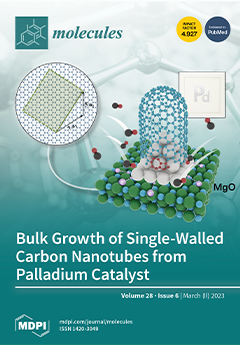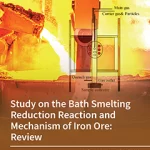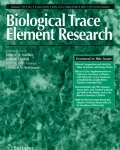Abstract
The goal of the current work was to create an antibacterial agent by using polycaprolactone/chitosan (PCL/CH) nanofibers loaded with Cordia myxa fruit extract (CMFE) as an antimicrobial agent for wound dressing. Several characteristics, including morphological, physicomechanical, and mechanical characteristics, surface wettability, antibacterial activity, cell viability, and in vitro drug release, were investigated. The inclusion of CMFE in PCL/CH led to increased swelling capability and maximum weight loss. The SEM images of the PCL/CH/CMFE mat showed a uniform topology free of beads and an average fiber diameter of 195.378 nm. Excellent antimicrobial activity was shown towards Escherichia coli (31.34 ± 0.42 mm), Salmonella enterica (30.27 ± 0.57 mm), Staphylococcus aureus (21.31 ± 0.17 mm), Bacillus subtilis (27.53 ± 1.53 mm), and Pseudomonas aeruginosa (22.17 ± 0.12 mm) based on the inhibition zone assay. The sample containing 5 wt% CMFE had a lower water contact angle (47 ± 3.7°), high porosity, and high swelling compared to the neat mat. The release of the 5% CMFE-loaded mat was proven to be based on anomalous non-Fickian diffusion using the Korsmeyer–Peppas model. Compared to the pure PCL membrane, the PCL-CH/CMFE membrane exhibited suitable cytocompatibility on L929 cells. In conclusion, the fabricated antimicrobial nanofibrous films demonstrated high bioavailability, with suitable properties that can be used in wound dressings.
Authors:Amal A Alyamani, Mastafa H Al-Musawi, Salim Albukhaty, Ghassan M Sulaiman, Kadhim M Ibrahim, Elsadig M Ahmed, Majid S Jabir, Hassan Al-Karagoly, Abed Alsalam Aljahmany, Mustafa KA Mohammed



